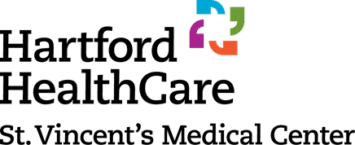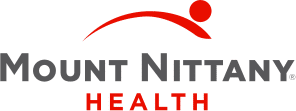OrthoNebraska, a physician-owned health organization that is comprised of 70+ providers and locations across Nebraska and Iowa, specializes in orthopedic services across a range of musculoskeletal specialties. In 2022, the hospital saw a record-setting year, performing over 11,000 cases in its 12 ORs. This represented a 7% increase in case volume from the previous year and a 20% increase since 2019.
70+ providers/locations across two states
11,000 OR cases performed in 2022
7% case volume increase YoY
To accommodate present and projected growth, OrthoNebraska converted four extended recovery rooms into multipurpose treatment rooms used to host pain and wide awake local-only hand procedures. Still, OrthoNebraska continued to face barriers in maximizing full utilization of their capacity.
Despite the volume growth and expansion of physical capacity, block assignments and some surgeons utilization at OrthoNebraska appeared to remain static. Leadership and surgeons desired a more proactive and flexible model, but were challenged to find and view the data they needed to do so. Pulling any utilization data was a tedious and manual process. Therefore, diving deep or in the moment resolution of questions and concerns was rarely possible, as the data that was available was outdated and not actionable. Efforts to improve utilization was a further challenge, as discovering available time slots required multiple phone calls, messages, and touchpoints to various teams and departments. The circumstances led to frustration for surgeons, whose offices struggled to book OR time for cases outside their block while their performance and efficiency metrics showed OR time going unused.
OrthoNebraska needed a solution that would make key data accessible, transparent, and as close to real-time as possible to enable leadership and surgeons to take timely action.
OrthoNebraska chose LeanTaaS’ AI-powered iQueue for Operating Rooms to address its operational challenges, implementing the solution in September 2022. iQueue provided on-demand data, supported a culture of accountability, gave users strategic levers to influence how open time was used to support organizational goals, and offered streamlined OR access to meet surgeons’ needs while optimizing efficiency.
OrthoNebraska leaders used iQueue to identify roadblocks to ideal performances, resulting in more cases fitting into prime-time hours and reduced overtime costs. Surgeons’ offices could use iQueue’s open table self-serve platform to find and request available time, as well as release time they did not need back into the marketplace. All users could access a full view of the upcoming OR schedule using iQueue, and find a re-purposed time that best fit with their schedule. iQueue enabled OrthoNebraska to effectively add more cases into prime-time OR operations at a more granular level and with more precision. With transparent, actionable data and tools to drive change, OrthoNebraska stakeholders were empowered to identify and remove the barriers to improving OR utilization and open capacity to accommodate growth.









Take the first step towards unlocking capacity, generating ROI, and increasing patient access.